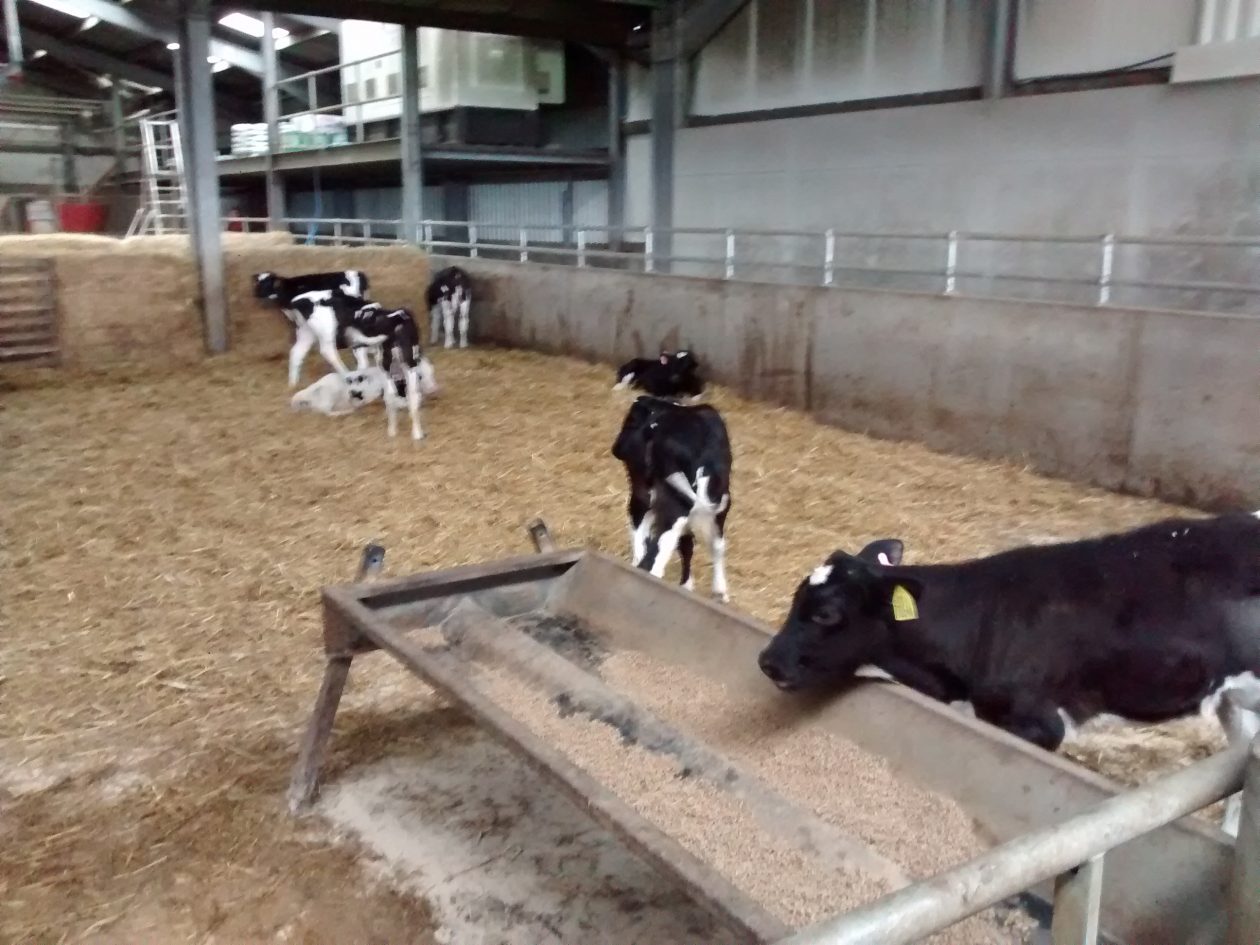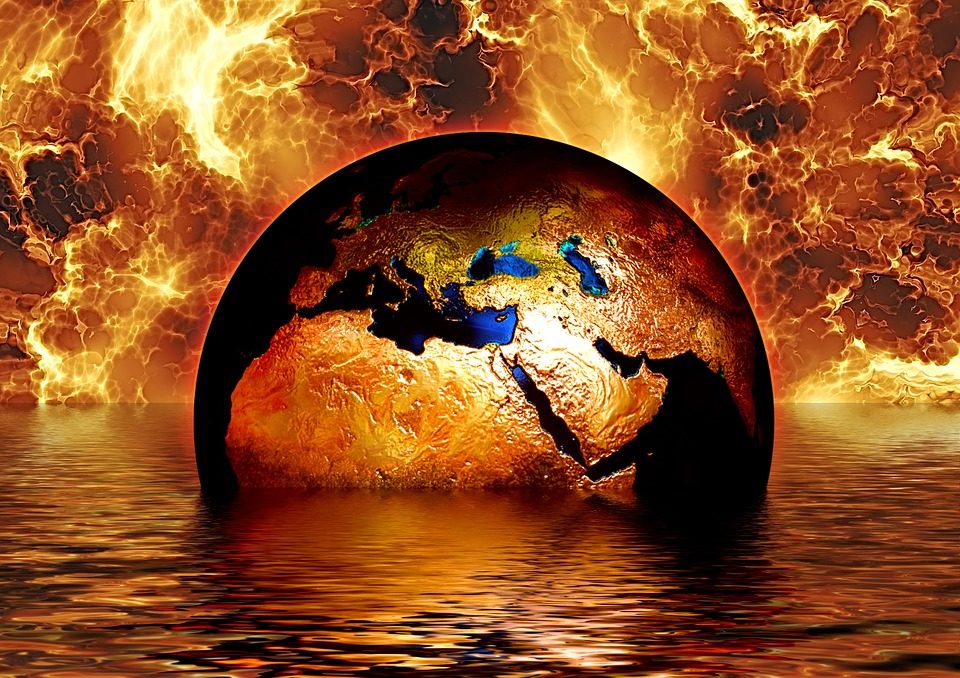This topic was going to be slightly different because week one would entail going to a farm and learning about the land of independence whereas week two would involve having a study task on oceanic interdependence. It would not be the stereotypical lecture followed by two workshops. I will begin talking about what I learned in week one at the farm and then what I learned in week 2 of the study task.
Week 1 – the farm visit
Farm 1
We were taken to two different farms, one of which the cows are mainly kept indoors and another where the farmer runs an organic farm. When we arrived at the farm it looked very modern. The road had been recently concreated and the fences and surrounding buildings looked fairly new. When we got inside the farm we could see that it was in-fact a new farm as it has robotic systems in place with a lot of machinery about. Everything was clearly presented and the farmer clearly looks after the workspace.

One robotic system we saw was the electronic feeder where it ensures that the cows have three fresh feeds a day. It makes sure the cows all have equal shares and it keeps the piles of straw/feed replenished. Here is this machinery:

We were told that from birth the calves can be split up from their mums as young as four-years-old. They are watched clearly and have two-buckets: one for water and the other for food. They are in a pen like this:


Before growing and developing and being allowed in a bigger pen with other calves such as this:

Before finally moving to a bigger pen such as this:

At this farm, the cows are milked around three times a day. However, the farmer said that the cows are very relaxed and milk when they want. They do not have set times and will freely go up to the machines to get milked. Here it is a machine that milks the cows not a person. It is done by this machine here:

The milk is then processed through the tubes and it goes into this big red tank. However, as it is all electronic it is easy for the farmer to see if anything is wrong with the milk or if not enough milk is being produced etc. A very handy easy accessible piece of technology:


Once the milk has been through the machine and calculated etc etc then it is stored in a separate room ready for collection or selling in a big silver talk like this:

As you can see the cows seem very happy and seem to be in one central area with one another. They are not shoved away in a dark barn with no fresh air. I was very apprehensive about cows being kept indoors all the time but the cows have all their needs met and are happy. The barn even has robotic blinds to keep the barn at a comfortable temperature for the cows so they will open in summer and close in cold winter days. Also, by keeping the cows together in one central area allows the farmer to check on the cows more easily. Here is the air and light getting into where the cows stay:

The other interesting factor is there are two big tanks build underneath the farm and this is where the cows slurry goes. It is then broken down and the liquid is sucked out to make fresh water. This being more environmentally friendly. The beds that the cows are on also get changed regularly so that the cows are clean and no infections from dirty beds affect the cows. These are also cleaned and recycled using the big underground tanks. Using reusable resources like this will help the interdependence of the world and stop wastage if things that can be reused are reused.
Overall, this visit was not what I was expecting and I think from a teacher’s point-of-view this would a be an excellent day out for children to learn all about farm life and what happens on a farm. I was expecting run-down animals when I heard the cows were kept in at all times but the cows are very happy and the farmers clearly monitor and look-after their cows.
Farm 2
This farm was recently changed to an organic farm. This is because milk used to cost 27p per litre. However, this then dropped to 17p lire. It now stands at a shocking 12p per litre. This meaning that farmer who milked their cows three times per day were having to push their cows extra hard and get four milkings fone in a day due to the very poor price.
This farm only allowed organic healthy things to be fed to their animals. They do not use pesticides on their grass and do not use chemicals in their food. The farmer said that the quality of milk is much better. In fact, coffee shops in Glasgow want the best creamy, quality milk and this farm provides this to these coffee shops. They say that because of how organic and healthy this farm is they provide a fatter content in their milk which makes it taste better. I tired a samp;e of the milk and it was much sweeter and taster than the normal supermarket milk.
At this farm, their claves were still secluded but they were more open and free as opposed to the other ones. They gain though were still clearly monitored:

At this farm though, the cows are still milked the old-fashioned way three times a day, using this equipment:

And on this farm, this is where the cows stay:

You will notice that these cows are brown, this is because they are Native Ayrshire cows. Something very interesting to me as I never knew this before. Again, another good farm that I am sure children would love to visit!
Overall, I was surprised as to how friendly cows are, I have never been confident enough to go up to a cow. However, I managed to get licked in the ear by a cow, take a selfie with a cow and even have a calf suck my finger. A great day out and something I have never experienced before.
Here is my selfie with a cow:


You can find them on Facebook here:
Week 2 – Directed Study Task
To see what I was learning about and all of the information that I now have along with some excellent statistics, check out this link for mine and my group’s work:
| Skills I have developed by taking part in this theme:
For me, I have become more aware and have stopped being so naive when thinking about what happens at a farm. I am now much more aware of how interdependence is extremely important in providing us as humans with food and nutrition. The farm helped me to become more aware how difficult a job farmers have, trying to make cows as comfortable as possible to provide us with milk, a big resource used in this country. The independent task made me more aware of the importance of looking after the sea as the oceanic interdependence provides different sea creates which give us as humans food and nutrition too. They help the ecosystems to keep running. We all need to look after our environments and animals better if we are going to maintain the food chain; which is currently under a lot of constraints right now with an ever-growing population. |
| How this relates to Primary Education:
Similar to the activities we carried out today, I would like to take my class on a farm visit as children will learn best when they can experience and see for themselves what happens. If possible I may even organise a visit to see a fisherman so the children can talk to them and see and hear what their job involves. If visits are not possible I may ask the children to make some posters and present their findings on what happens in either the sea or a farm. This could be displayed in the classroom as it is very important the children are educated on how we need to look after the interdependence of environments as any changes could have consequences for wildlife such as humans. |
What has changed in my thinking from this theme? Is there anything else I’d like to look into relating to this theme?
|
| Useful resources or links (either for future teaching or for your own assignment)
Some useful links about Oceanic interdependence that would be good for the children to use if they used the research task stated above are: http://www.gov.scot/Publications/2011/03/16182005/63 https://www.msc.org/healthy-oceans http://www.seafoodscotland.org/en/quality-standards/marine-stewardship-council.html http://jncc.defra.gov.uk/default.aspx?page=5473 Some of the videos/information may be quite difficult for the children to understand. However, as the teacher I could make different infromation sheets so the children could still participate in the activities of research but would understand what was being said by adapting the language used. Possible Videos: https://www.youtube.com/watch?v=Qn1eSjcRPss |



























